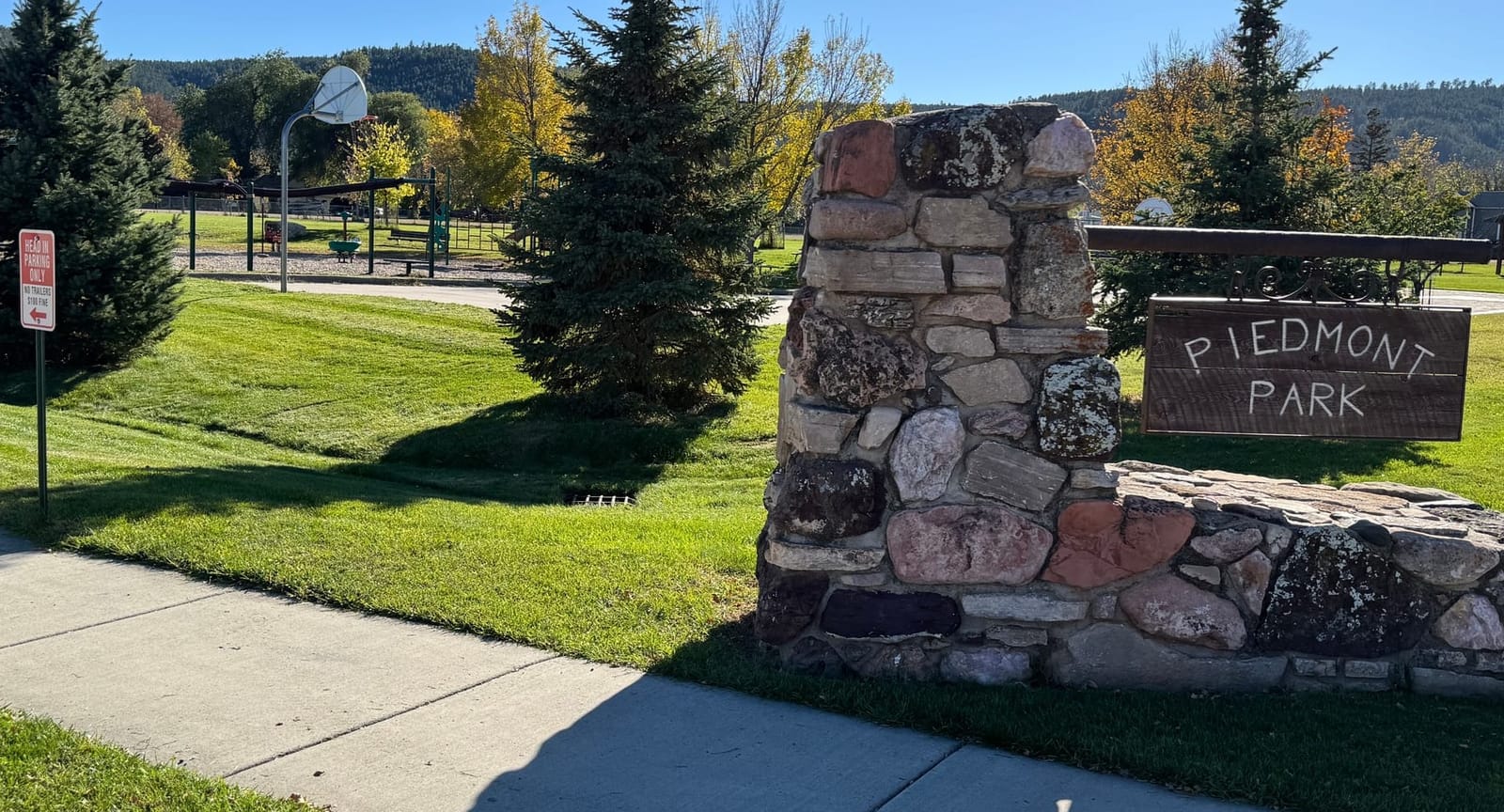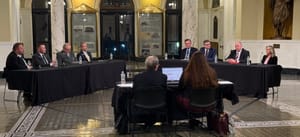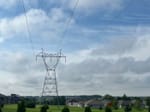PIEDMONT, S.D. – Residents and government leaders in this small western South Dakota city are in shock that the state approved a limestone mining operation without notifying them in advance about the project.
Locals learned about the sprawling limestone mine set to nearly encircle the city only after brief notices announcing project approval ran in a pair of newspapers published elsewhere in Meade County.
What they discovered is that Simon Contractors, a French-owned, Wyoming-based mining and materials company, has acquired state approval and private landowner agreements to allow limestone mining on 10 parcels of land that are either within the Piedmont city limits or that directly border its western boundary.
The 300-acre mine is expected to start running in August and operate through 2043, according to Simon.
Piedmont is a city of 1,000 people located in the foothills of the Black Hills along Interstate 90 about midway between Rapid City and Sturgis. The bulk of development is located between the interstate and the pine-laden hills on the west, where the mine is planned.
Piedmont consists mostly of homes and small ranches, several churches and a few commercial properties that include a gas station/convenience store, a couple bar/restaurants, a butcher shop and a campground. A few municipal buildings and an elementary school round out the community.
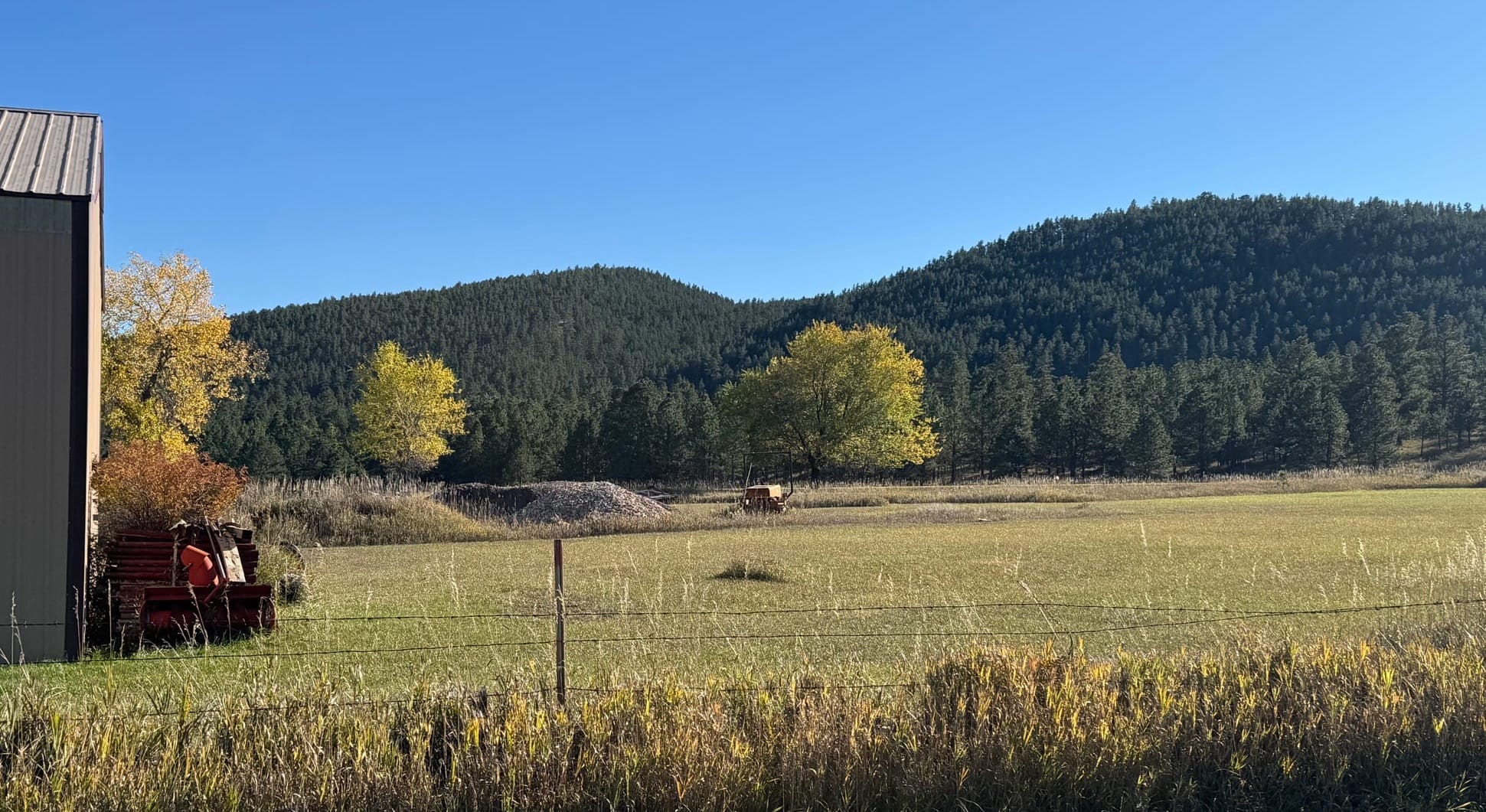
With almost no details released about the mine project so far, dozens of residents attended a standing-room-only city meeting on Oct. 21 to share their concerns about potential air, water, traffic and property value impacts.
“This is going to destroy Piedmont,” said Paul Betts, pastor of Redemption Church in Piedmont, which borders the mine site on two sides. “It will destroy the beauty of this area and it will look completely different. Your house’s property values will decline and nobody is going to want to move here.”
Speaking during the Oct. 21 meeting, Betts said he and his daughter have asthma and they worry it could be worsened by limestone dust that can blow about in the frequent high winds.
“I’m not going to put my daughter in danger by breathing in this silica that can cause years-long problems,” Betts said. “If this happens, we may have to move our church out of Piedmont, and we don’t want to move out of Piedmont.”
State and local laws limited notifications
A rare combination of a lax state mining law and a lack of county land-use regulations allowed the Piedmont mine to gain approval without input from the public or local government.
South Dakota has two levels of permit requirements depending on the type and scope of a proposed mine, said Rich Williams, an attorney who represents the city of Piedmont.
A more invasive mine, such as a gold or silver mine, requires a specific state permit that mandates an environmental impact study, an analysis by state regulators and public input, Williams said.
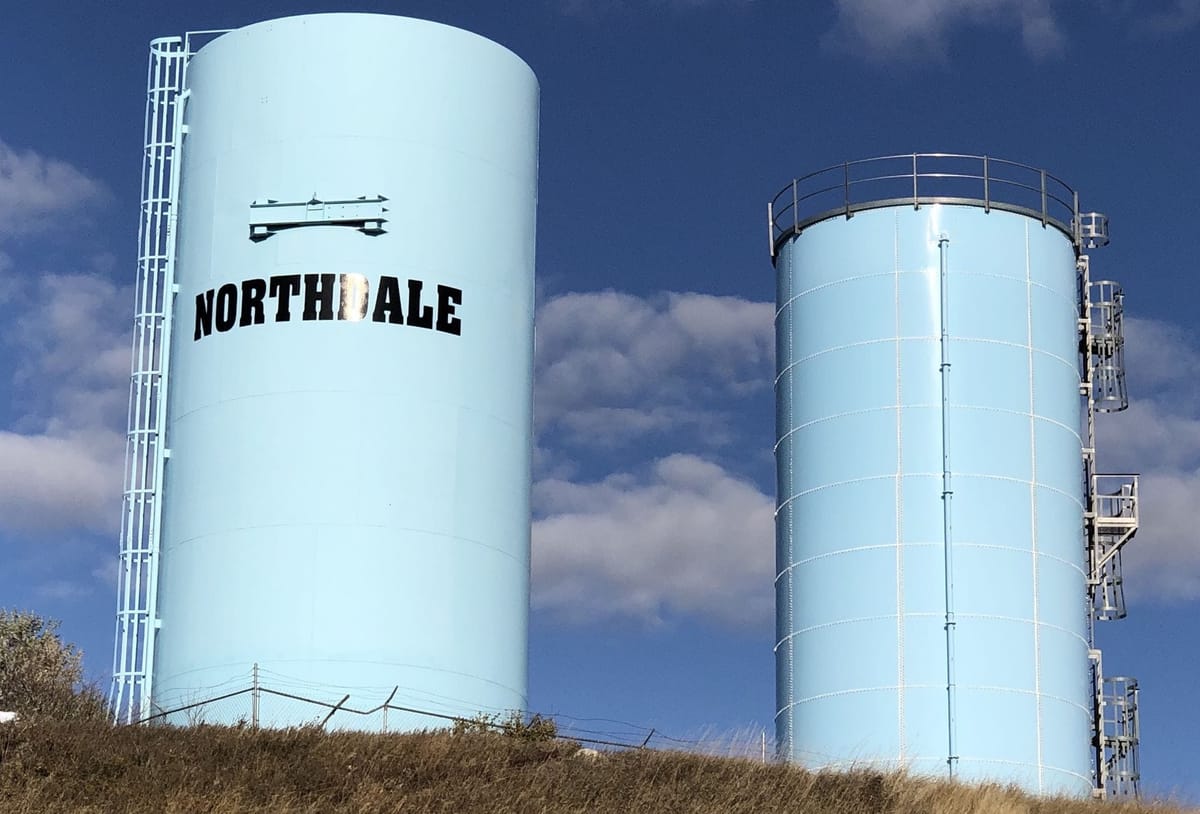
But for a limestone, sand or gravel mine like the one proposed for Piedmont, a mining company only needs to obtain a general state mining license, submit project maps and pay a bond that enable it to mine on any piece of private property where it secures the right to do so.
No public hearings or notifications are required for that type of mine, so Piedmont residents and town leaders were not required to be notified in advance, Williams said.
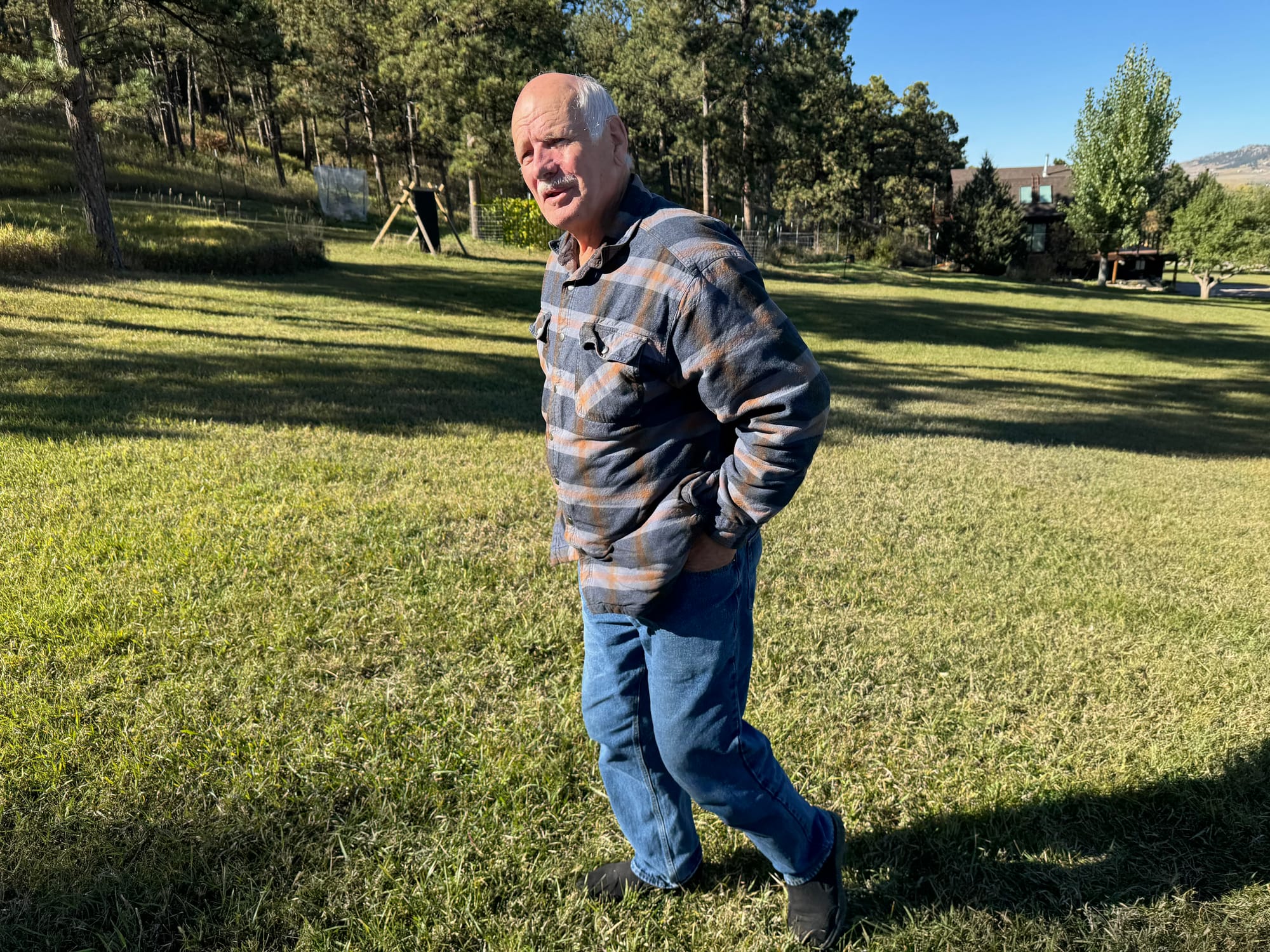
They were also kept out of the process by the lack of land-use regulations in Meade County, which has no zoning laws, said Phil Anderson, chairman of the Piedmont board of trustees. Attempts at public votes to enact zoning laws in the county have failed over the years, Anderson told News Watch.
“The responsibility for this resides on our people a little bit because they don’t want government telling them what to do, though sometimes we need government to be involved,” he said.
A spokeswoman for Simon did not respond to a list of email questions sent by News Watch. Simon is part of a French-owned conglomerate and has about a dozen mine or materials locations in the Black Hills region, ranging from Sturgis to Hot Springs.
Little recourse for mine opponents
The Oct. 21 meeting was marked by frustration and worry by both city officials and members of the public. Officials said that while they have some level of control over mining within the city limits, they are unable to regulate mining on parcels that surround the west side of the city.
South Dakota Rep. Terri Jorgenson, a Meade County Republican, was one of four state lawmakers to attend the meeting.
"The city of Piedmont will not see any financial benefit from this project." – Phil Anderson, chairman of the Piedmont board of trustees
Jorgenson said she has contacted several state agency officials – including those at the Department of Agriculture and Natural Resources – to learn more about the limestone mine but was unable to find any firm path to opposing or blocking the project at this point.
“Basically what the state is doing is just reclamation,” she said. “After mining is complete, the state’s responsibility is to make sure the land goes back to what it was before.”
DANR did not immediately return a call Thursday seeking comment.
Your donation supports trusted, balanced storytelling that's delivered for free to all South Dakotans.
Jorgenson said she has concerns about the mine’s potential impacts on air and water quality, property values and on the local elementary school, where children could be exposed to dust or noise. She promised to continue to push for answers on how to mitigate resident worries.
Jorgenson and others said it might take innovative thinking and a grassroots effort by locals to find ways to control the activities of the mining company or to mitigate negative impacts from the mine.
Anderson said his research found that the mine area likely contains about 5 million tons of limestone that would sell for up to $33 a ton, about 10% of which will go to landowners who allow mining on their property.
"The city of Piedmont will not see any financial benefit from this project," Anderson said.
Residents worried over health, property values
Resident George Malley, whose home borders the mine boundary, said he has four children who could be impacted by mine activities.
”I’m concerned about the air and water quality,” Malley said. “I have special needs children and I don’t know what that blasting could do to them.”
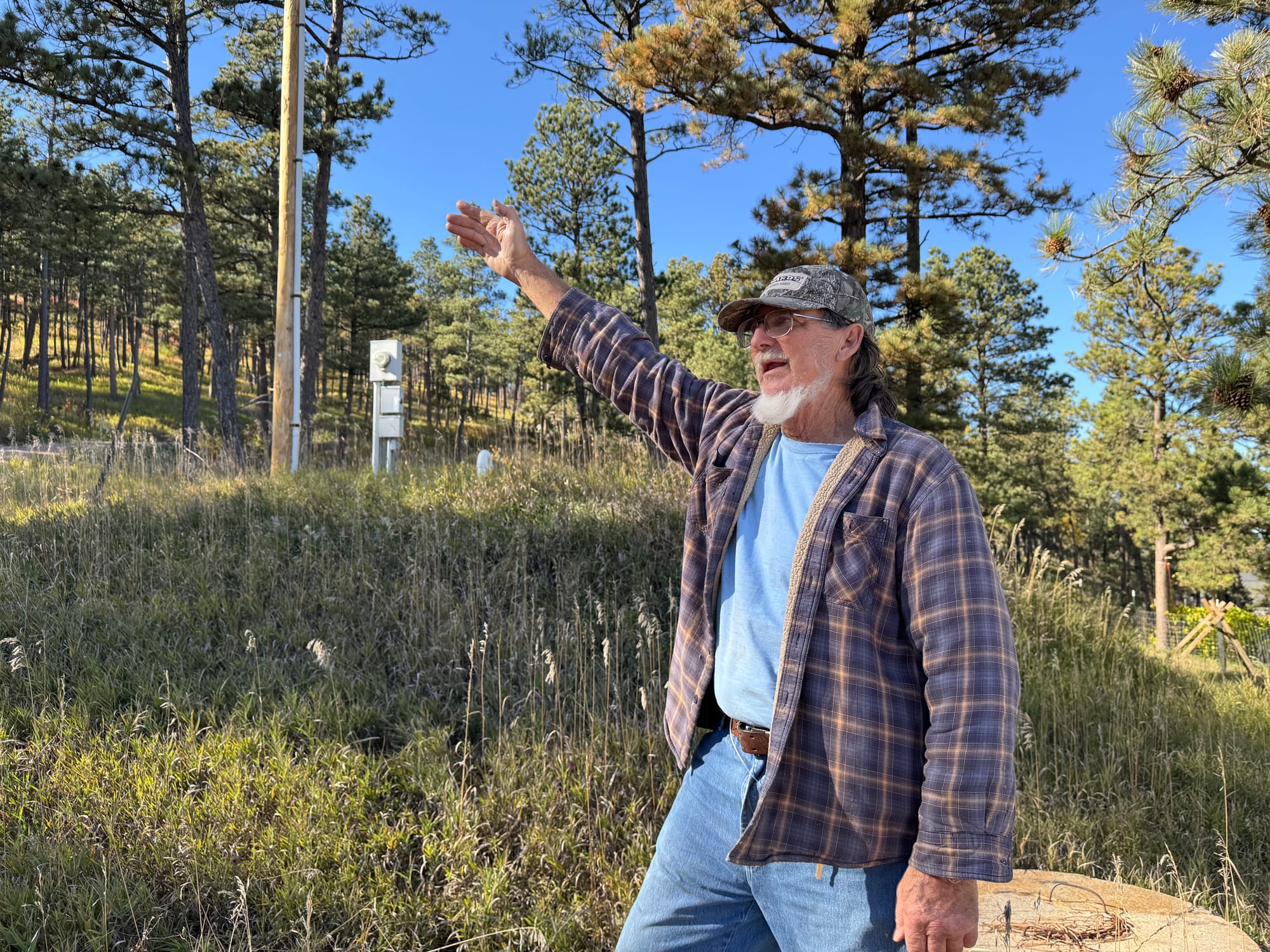
Bree Woods, a second-generation Piedmont resident, said the limestone mine could hamper agricultural operations of local landowners.
“We’re still an ag community. We have horses and we have people that have cattle,” Woods said. “This is going to create massive vet bills for all of us that have animals that are our livelihood.”
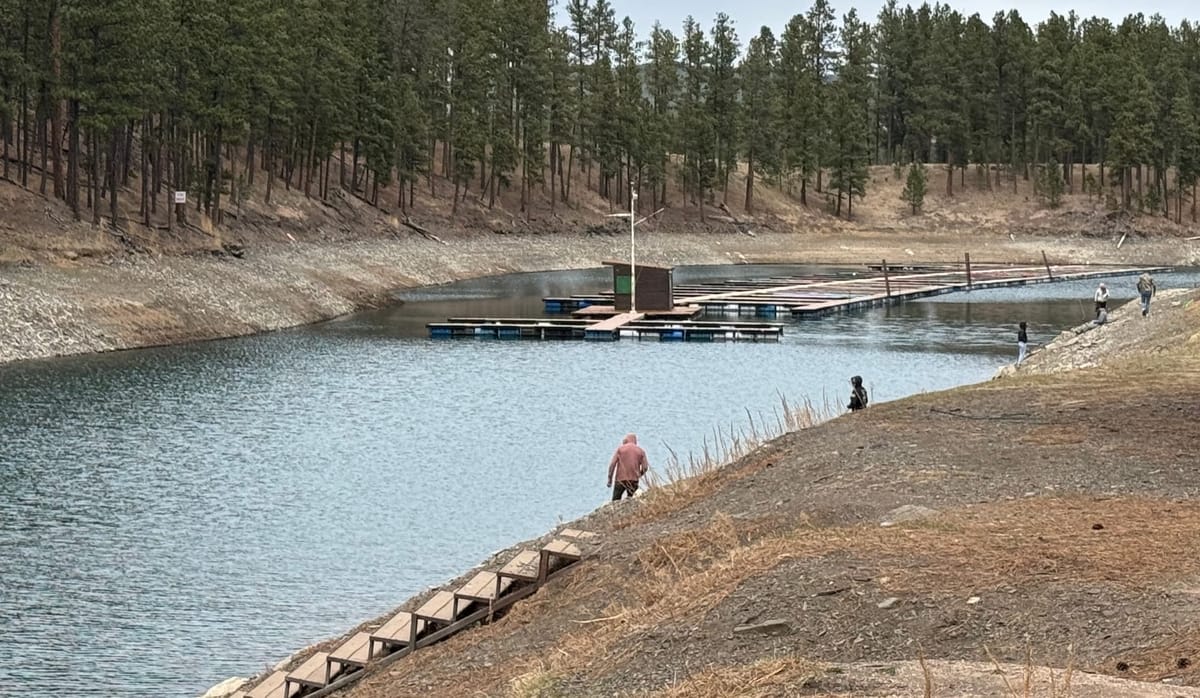
At the close of the Oct. 21 meeting, the residents, local officials and state lawmakers all agreed to work together to either block the mine from opening or to make the best of the situation if mining operations begin.
"I'll do what I said I would, and that is to pray about this," Malley told Anderson, the city board chairman.
This story was produced by South Dakota News Watch, an independent, nonprofit organization. Read more stories and donate at sdnewswatch.org and sign up for an email to get stories when they're published. Contact Bart Pfankuch at bart.pfankuch@sdnewswatch.org.

